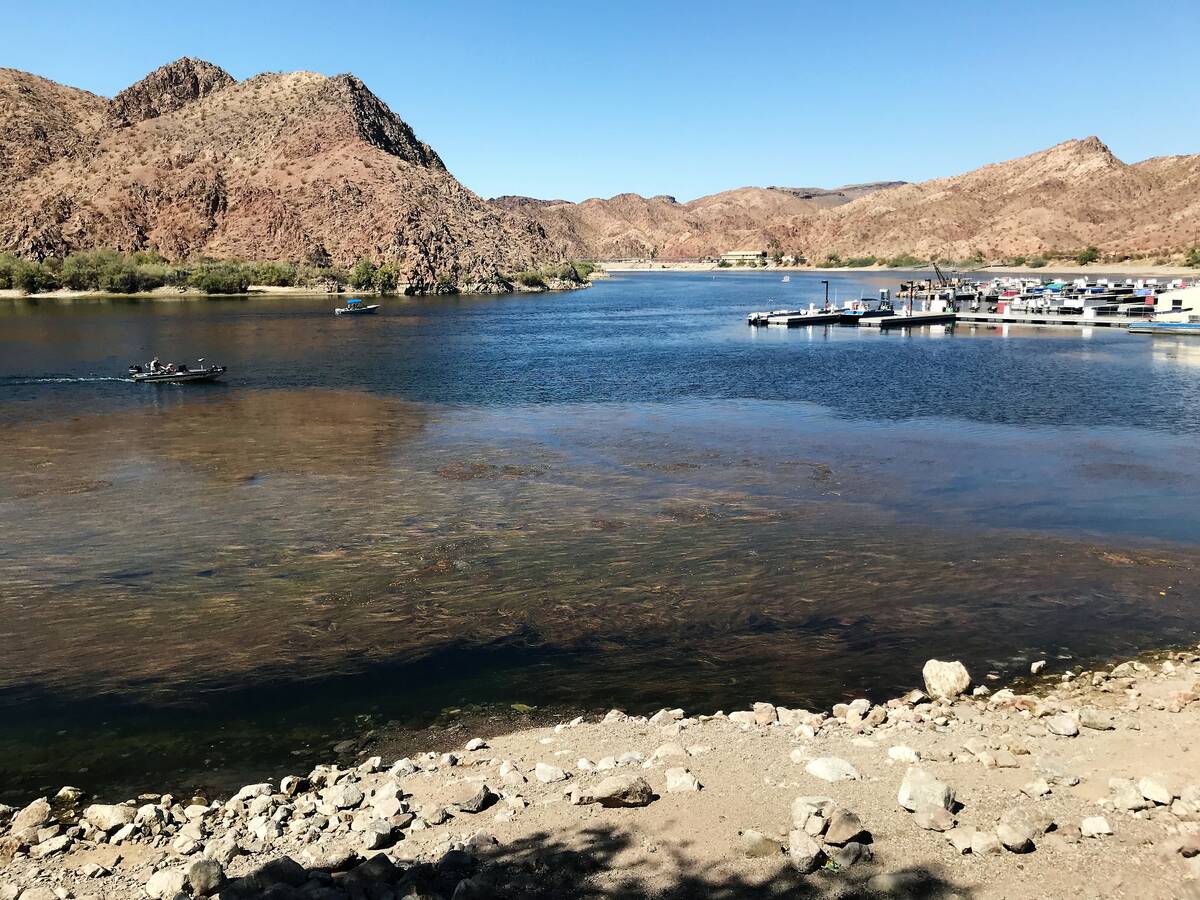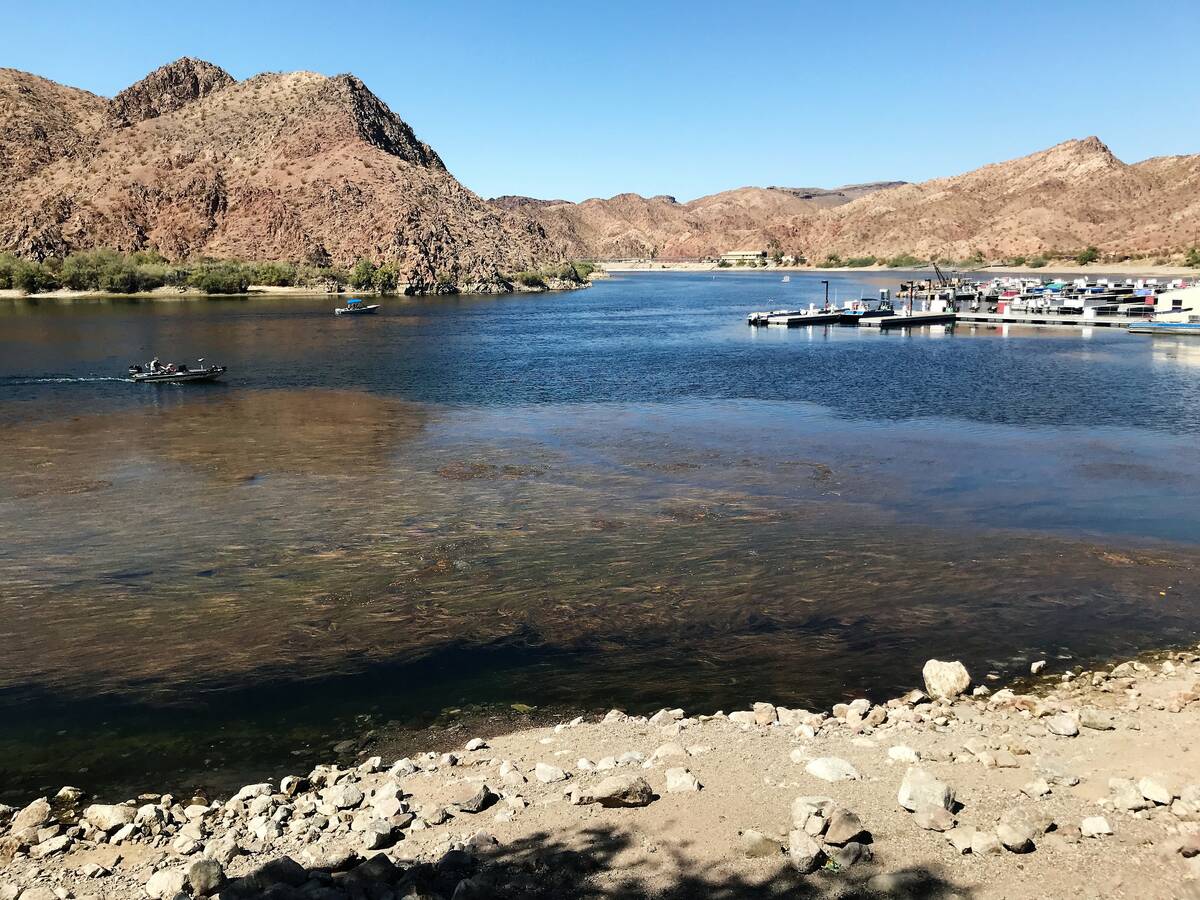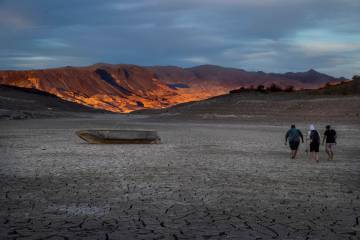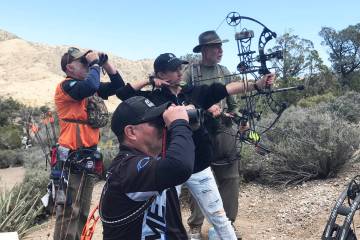Infrastructure bill shot in the arm for outdoors
What impact will the $1.2 trillion infrastructure bill passed by Congress have on the outdoors? According to several respected conservation organizations, the bill will benefit America’s wildlife and natural resources.
I still do not know where most of the money in the Infrastructure Investment and Jobs Act is going to be spent, only time will tell. But the folks at Trout Unlimited and the Theodore Roosevelt Conservation Partnership (TRCP) are sure at least some of those funds will benefit the things outdoor enthusiasts hold most dear, those being wildlife and other natural resources.
TU President and CEO Chris Wood said the legislation has the potential to be transformational. “It reflects the understanding—which TU has championed for years—that our natural landscapes and waterways are the most important part of the infrastructure that sustains us. And it directly tackles some of the biggest challenges to our infrastructure posed by climate change.”
Among the bill’s provisions that match TU’s conservation priorities are abandoned mine remediation; upgrading roads, bridges and 143,000 miles of trails managed by the U.S. Forest Service; and removal and replacement of obsolete road culverts to benefit sea-run fisheries.
It also supports regional restoration programs that focus on habitat, water quality and watershed function; removal of barriers to fish passage; and water infrastructure to benefit Western water systems and watersheds.
Roads and trails are a central issue to TU because the organization attributes those that have fallen into disrepair with degradation of trout and salmon streams. Much of the organization’s restoration work revolves around repairing, replacing and sometimes removing roads and related structures.
For the TRCP, “The provisions within this comprehensive package are not only worth the investment as we think about the future—many are long overdue,” said Whit Fosburgh, the organization’s president and CEO.
By restoring or strengthening what the TRCP calls natural infrastructure, or natural systems, Fosburgh said it will help to address infrastructure needs. “These approaches safeguard communities and build resilience to a changing climate while benefiting fish and wildlife—a win-win for hunters and anglers.”
The TRCP also points out that while natural infrastructure provides tools for protecting roads, bridges, shorelines and levee systems, it also can be used to filter drinking water and treat wastewater. One of the examples of natural infrastructure the TRCP points out is wetlands, a limited yet essential resource in the Silver State.
“Wetlands are natural infrastructure superstars and perhaps the clearest example for sportsmen and women, who already understand the habitat and outdoor recreation opportunities provided by healthy wetlands … functioning wetlands provide a range of benefits to fish, wildlife and our communities.
“First, they act like nature’s kidneys and filter polluted runoff that would otherwise make its way to vulnerable fish and wildlife habitat and water resources. Second, wetlands serve as buffers for dangerous floodwaters and other extreme storm events.
”And restoring wetlands can provide essential nesting habitat for America’s waterfowl and important nursery areas for juvenile fish and other species, securing healthy habitat for enhanced hunting and fishing opportunities.”
The act also reauthorizes the Sport Fish Restoration and Boating Trust Fund, which pays for fisheries conservation, access improvements and education for anglers and boaters. With the ongoing drought and its impacts along the Lower Colorado River, access improvements could be a big deal.
Freelance writer Doug Nielsen is a conservation educator for the Nevada Department of Wildlife. His “In the Outdoors” column is not affiliated with or endorsed by the NDOW. Any opinions he states in his column are his own. Find him on Facebook at @dougwritesoutdoors. He can be reached at intheoutdoorslv@gmail.com























